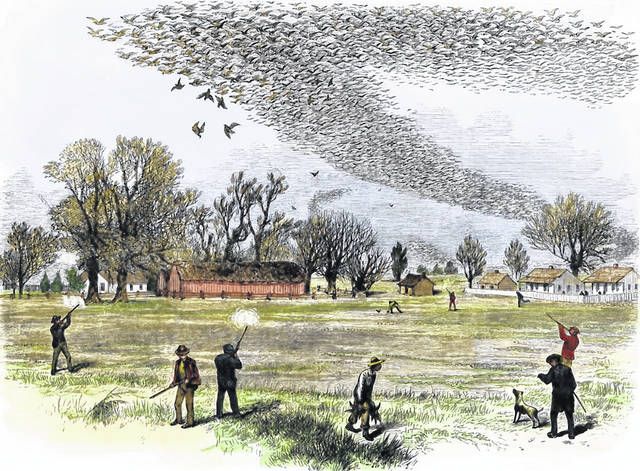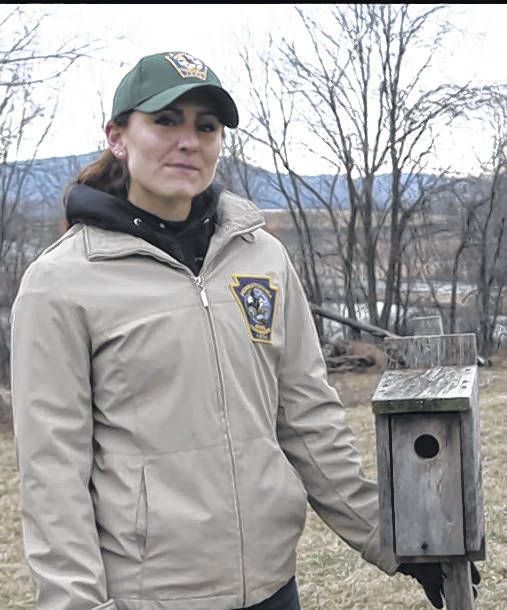Click here to subscribe today or Login.
It seems ironic that financial issues could cause a state agency to make cuts to the very program that’s largely responsible for keeping it in business.
But that’s what the Pennsylvania Fish and Boat Commission is preparing to do as the agency endures a 12th year without a license fee increase.
For years, both the PFBC and Pennsylvania Game Commission have begged and pleaded with state legislators to pass a license fee increase.
That hasn’t happened, and now both agencies are counting on a bill that would grant them the authority to set license fees.
That hasn’t happened either.
Yet.
In March, the state Senate voted 47-2 to pass SB 30, which would grant the PFBC the ability to set the price of a fishing license. Since then, the bill has been stuck in the House Game and Fisheries Committee.
Why is a license fee increase so critical to the PFBC?
The agency is funded primarily by revenue from the sale of fishing license and boat permits. A large portion of fishing license buyers are trout anglers, who also add to the agency’s revenue stream by purchasing trout/salmon permits as well.
In 2016, the PFBC sold a total of 822,934 fishing licenses , all forms included. In addition, 458,295 trout/salmon permits were sold in 2016.
Trout fishing in Pennsylvania is big business.
And costly.
Without a license fee increase, the agency’s costs (operating and personnel) are projected to exceed revenue this fiscal year.
In order to stay solvent, the PFBC will need to make drastic cuts for fiscal year 2018-19.
Those cuts include trout production.
Executive director John Arway recently outlined what the cuts would mean for fish production.
By cutting $2 million from the budget, one trout hatchery would be closed, 200,000 fewer adult trout would be stocked in streams and 28,000 few trout would be released in 18 lakes.
A $3 million budget cut, according to Arway, would mean the closure of a second trout hatchery and another 240,000 trout eliminated from the stocking program.
A $4 million budget cut? That would hit the warmwater/coolwater hatcheries as a second one of those would be closed and thousands of warmwater stockings, muskie and walleye, to name a few, would be eliminated.
Add it all up, and the PFBC could cut its stocked trout production by 440,000 fish or 14 percent.
That won’t make anglers happy. Fewer trout to catch will mean fewer people buying licenses, which would result in a decrease in revenue.
Trout anglers can be extremely finicky. Every season they scrutinize the size of the fish being stocked and keep close tabs on how many are around on opening day.
Give them 440,000 fewer trout overall and I’m certain there are some anglers that will call it quits.
Making the situation even more dire is the fact that time is running out. The cuts are close to becoming a reality.
Arway said if it appears the agency won’t be receiving a license fee increase for 2018, a plan to make the drastic cuts will be presented to the PFBC board on July 10.
But it’s not a done deal yet. Arway assured that if there is a license fee increase, the agency can continue producing and stocking trout and other species at the current rates.
The vital program would remain status quo.
That’s why it’s important that anglers urge their state representatives to pass SB 30.
I think they’ll listen. After all, a big reason why legislators haven’t approved a hunting license fee increase is because of the concerns of too few deer expressed by their constituents.
Hopefully, angler concerns about not enough trout will have the opposite effect and make a license fee hike, and not the proposed budget cuts, a reality.
For other outdoors stories, click here.








